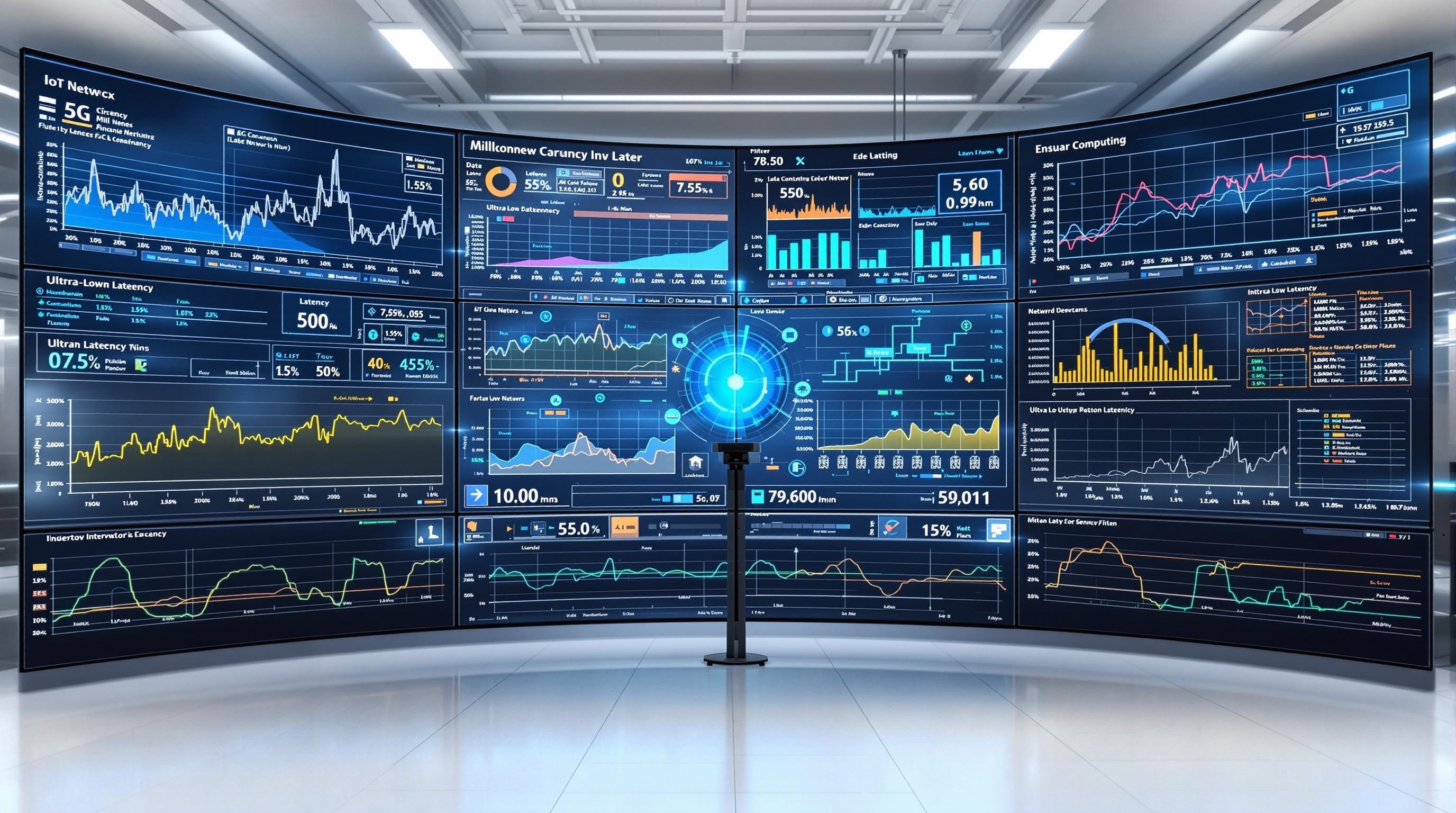The financial markets are undergoing a silent revolution as next-generation…
Industrial Internet of Things (IIoT)
Revolutionize manufacturing and logistics with IIoT solutions that connect devices, analyze data, and optimize operations. Explore real-time monitoring, predictive maintenance, and smart factories that enhance productivity and reduce costs. Stay ahead by adopting technologies that redefine industrial efficiency.
The convergence of fifth-generation wireless technology with Industrial Internet of…
Современные энергосистемы сталкиваются с беспрецедентными вызовами: рост доли возобновляемых источников,…
Information security in data exchange and integration along the entire…
By connecting and integrating machines and facilities with complex IT…
So far, we have only known concepts such as smart…
OPC UA – a standard for the exchange of industrial…
Edge computing is cutting-edge technology that is transforming the way…
The opportunities that IIoT and Industry 4.0 solutions offer for…
Customers expect increasingly individualized products in very small quantities. In…
Digital transformation is changing the entire value chain. Data is…
Can digitalization help drive sustainability in the logistics sector? Oh…
 industry-trend6.com
industry-trend6.com










